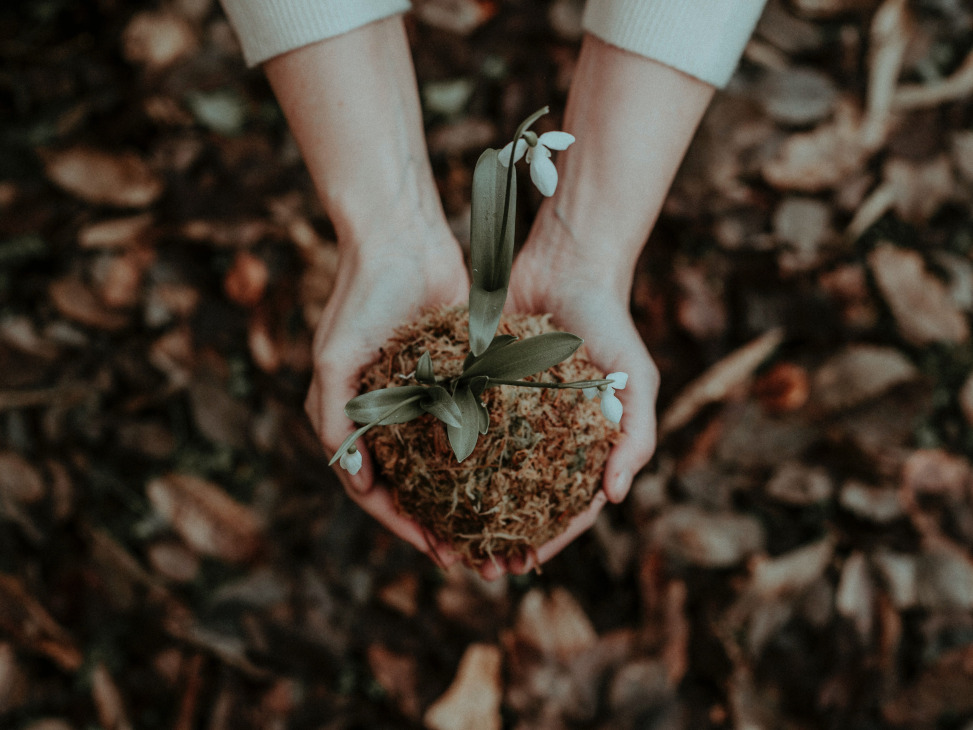Frequently asked questions

Starting seeds indoors
Why start seeds indoors?
There are a number of reasons growers prefer to start their seeds indoors!
Economical: Seed packets normally cost far less than buying a commercially grown plant.
Rare/Out-of-Season Varieties: Some plant varieties are hard to find commercially or plant during certain times in the season. Starting these seeds indoors allows for more flexibility and variety of your garden.
Self-Care: Cultivation is one of the oldest forms of self-care. What better way to turn a frown around than watching your seeds sprout into something beautiful?
When should seeds be sown?
The plant type determines the best time to start your seeds. Sowing dates mainly depend on the average spring frost date, the germination rate of the seed, and the plant’s preferred conditions. Thankfully, we've outlined all of this for you in the instruction manual provided with each grow kit!
Do I need special equipment to grow seeds indoors?
As long as you've provided your plant with its proper light, climate/humidity, soil, and water conditions, you should not need any special equipment to grow your seeds. To provide optimal growing conditions, some gardeners prefer to use grow lights, greenhouses, seed starting soils, etc to ensure that their seedlings thrive.
When should seeds be repotted?
Seed growth depends on the germination rate of that particular plant. Ideally, a plant should be repotted into a larger pot once the seedlings reach about 4" in height. You may also notice that the roots are beginning to fill the space within the original pot. Use caution when transplanting your seedling, as the new roots are delicate. Gently separate your plant roots, and place into a larger pot of your choosing. The use of plant fertilizer in the soil is recommended to maintain nutrients essential for superior growth.
